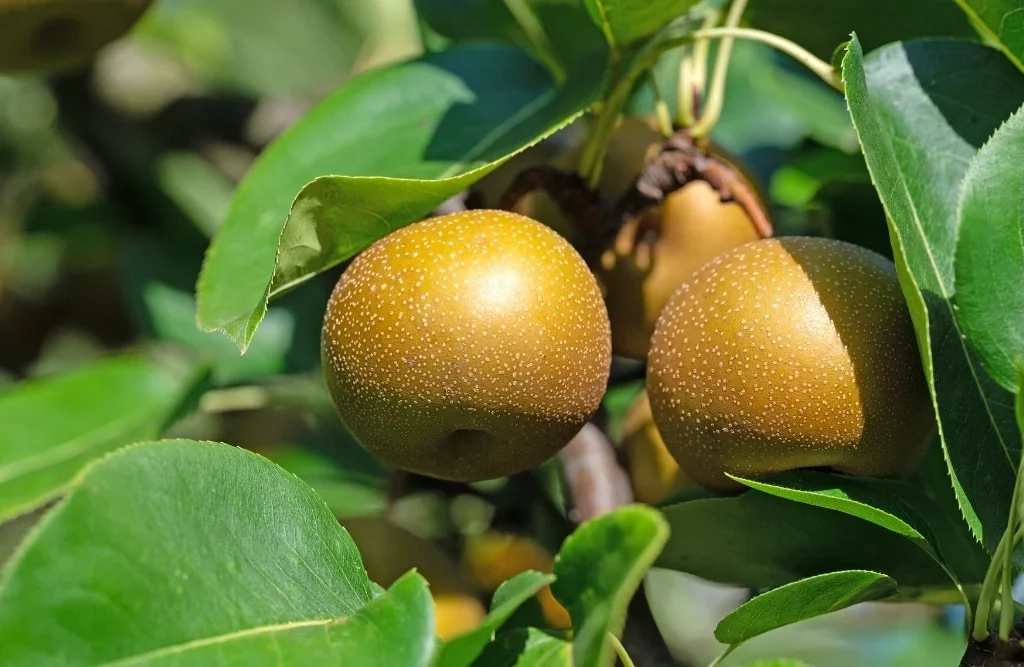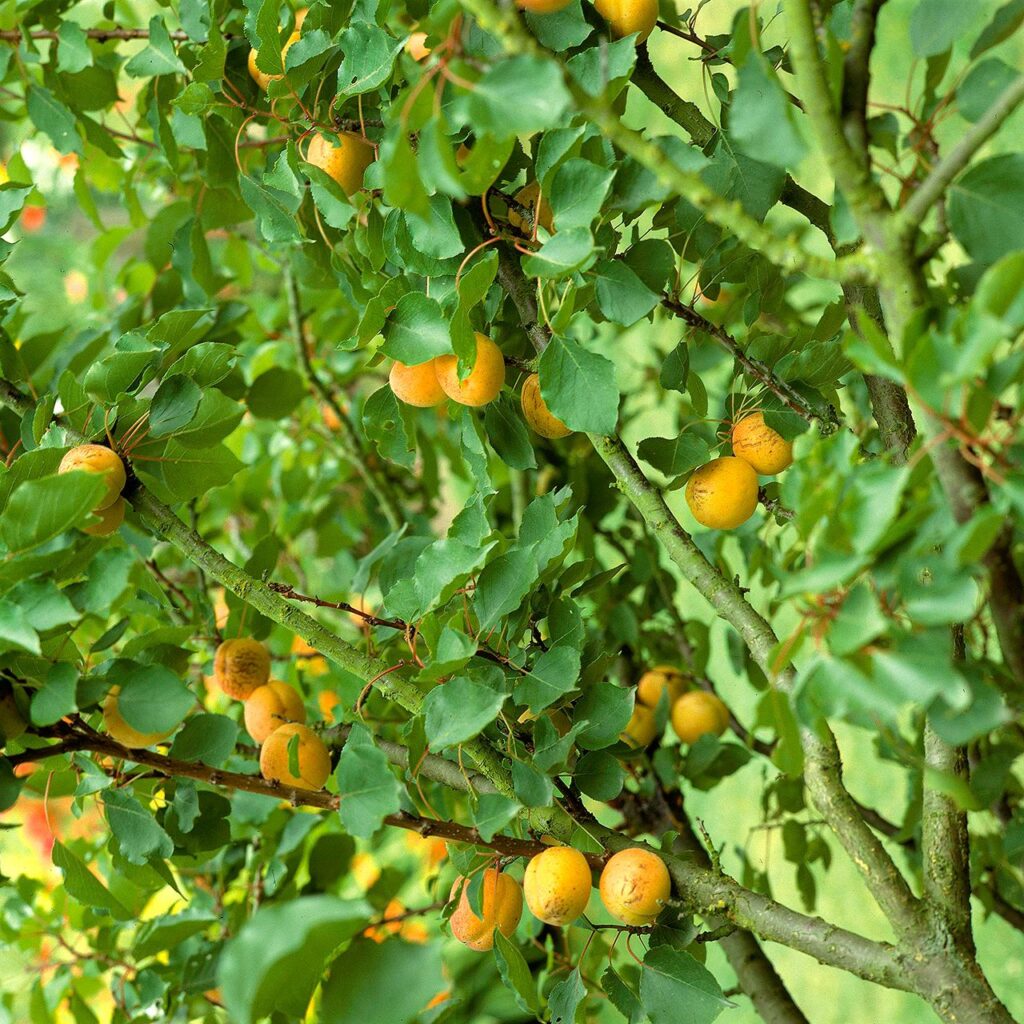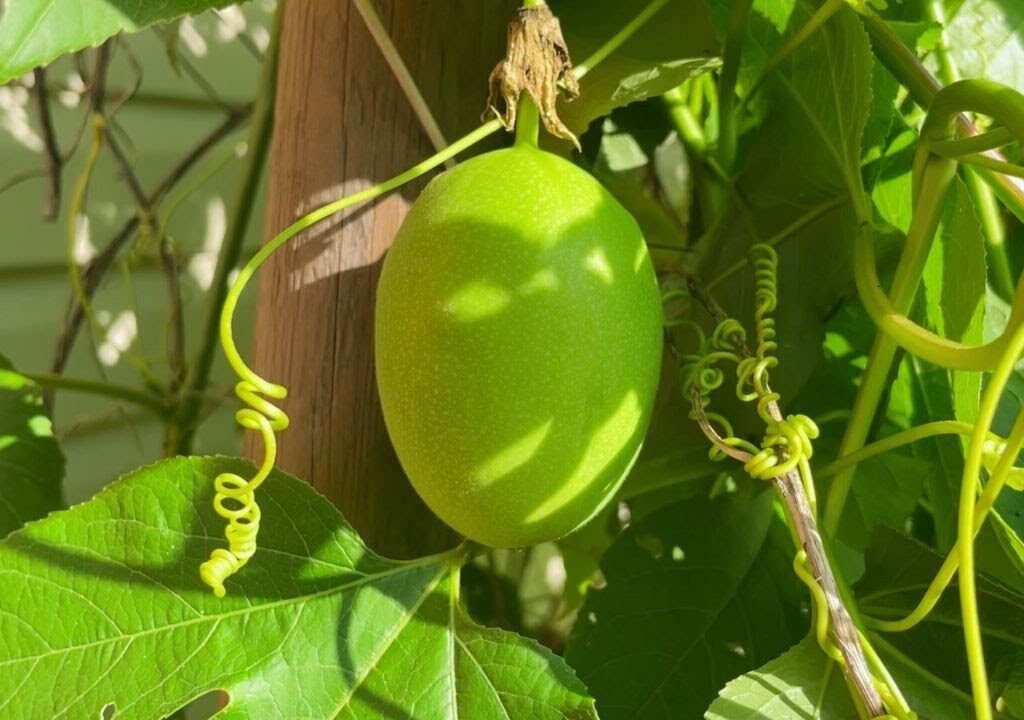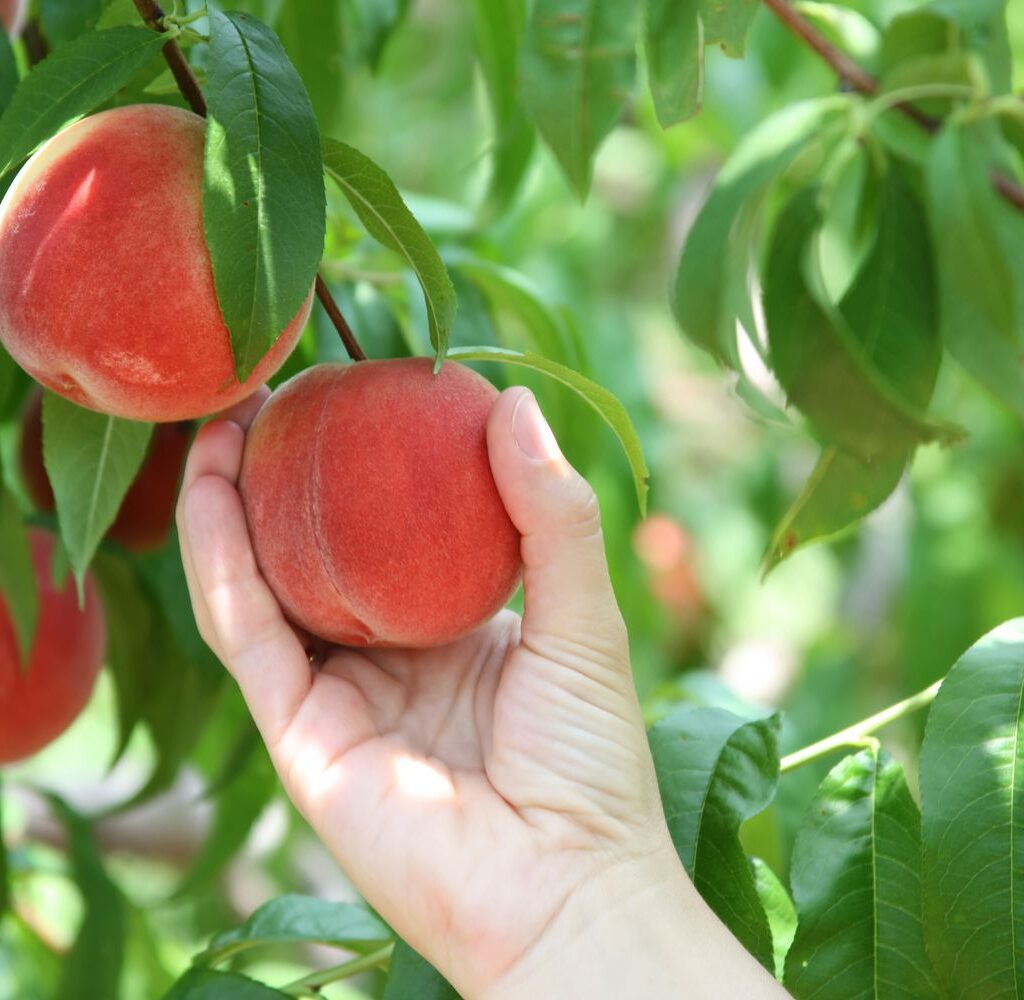In today’s interconnected global economy, fruit exports have become a powerful indicator of agricultural success, trade efficiency, and international competitiveness. Fresh fruits, with their growing demand in health-conscious and urbanized markets, represent one of the most dynamic sectors of agricultural trade. As of 2025, several nations have emerged as leaders in the fruit export industry, not only maintaining strong export volumes but also showcasing rapid growth rates in revenue and market share. This expansion has been fueled by advancements in agricultural technology, government policies, logistics innovations, and rising consumer demand for exotic and tropical fruits across developed markets.
This article explores the fastest-growing fruit exporting nations in 2025, their primary fruit exports, key strategies that contribute to their growth, and the implications for global agricultural trade.
The Global Fruit Export Market in 2025
The global fruit trade in 2025 has reached new heights, valued at over $150 billion annually, with growth driven largely by tropical fruits, berries, citrus, and exotic varieties. Demand is strongest in Europe, North America, and East Asia, where consumers increasingly prioritize fresh, organic, and sustainably sourced products.
A few key factors influencing the market:
- Consumer preferences: Healthy eating trends, vegan lifestyles, and smoothies/snack cultures have boosted fruit consumption.
- Technological innovation: Cold-chain logistics and air freight have expanded the ability to export perishable fruits long distances.
- Diversification: Exporting nations are focusing on multiple fruit categories to hedge against climate and market risks.
- Trade agreements: Bilateral and multilateral agreements have opened lucrative markets, particularly in the European Union and Asia-Pacific.
Within this framework, several nations stand out for their rapid expansion in fruit exports.
1. Ecuador – The Global Banana Powerhouse

Ecuador continues to dominate the global fruit trade, especially with its bananas, which account for over 25% of global exports. In 2025, Ecuador has expanded beyond bananas, with growing exports of pineapples, pitahaya (dragon fruit), and passion fruit.
Key Growth Drivers:
- Strong government support for small and medium farmers.
- Modernization of port facilities in Guayaquil.
- Expansion into Asian markets, particularly China and South Korea.
- Branding efforts to promote Ecuadorian bananas as premium, sustainable products.
Outlook: Ecuador’s ability to maintain dominance while diversifying into niche tropical fruits ensures its position as one of the fastest-growing exporters in 2025.
2. Mexico – Avocado and Beyond

Mexico has been a consistent leader in fruit exports, with avocados driving growth. In 2025, Mexican avocado exports are projected to surpass $5 billion annually, fueled by U.S. and European demand. Beyond avocados, Mexico has also seen strong growth in berries (blueberries, raspberries, strawberries) and mangoes.
Key Growth Drivers:
- Geographic advantage: proximity to the U.S. market.
- Investment in greenhouse and hydroponic systems.
- Branding of Mexican avocados as a “superfood” globally.
- Participation in free trade agreements (USMCA, EU-Mexico trade pact).
Outlook: With U.S. demand for avocados continuing to rise and berries entering Asian markets, Mexico is experiencing rapid export growth and diversification.
3. Peru – A Rising Export Star
In just two decades, Peru has transformed from a modest agricultural exporter into a global fruit powerhouse. In 2025, Peru ranks among the world’s top exporters of blueberries, grapes, mangoes, and avocados.
Key Growth Drivers:
- Heavy investment in irrigation systems that turned desert land into fertile farmland.
- Public-private partnerships promoting agro-industrial exports.
- Expansion into non-traditional markets like China and the Middle East.
- Strong reputation for high-quality, organic-certified fruits.
Outlook: Peru is one of the fastest-growing exporters globally, with blueberry exports alone generating over $1.5 billion annually. Its innovation in desert farming serves as a model for other nations.
4. Chile – The Southern Hemisphere Giant

Chile remains a leader in fruit exports, with a reputation for cherries, grapes, kiwis, and plums. In 2025, Chile has gained significant ground in cherry exports to China, especially during the Lunar New Year season, where cherries symbolize prosperity.
Key Growth Drivers:
- Favorable climate that allows counter-seasonal exports to Northern Hemisphere markets.
- Sophisticated logistics, including refrigerated shipping.
- Strong trade relations with China, the U.S., and Europe.
- Promotion of Chilean fruit through international marketing campaigns.
Outlook: Chile continues to grow rapidly in Asia, particularly in high-value fruit segments like cherries and table grapes, making it a top contender in the global fruit export race.
5. Vietnam – The Tropical Challenger

Vietnam has emerged as one of the fastest-growing fruit exporters in Southeast Asia. By 2025, it is a leading supplier of dragon fruit, mangoes, lychees, and longans, with exports exceeding $6 billion annually.
Key Growth Drivers:
- Expanding trade agreements within ASEAN and with the EU.
- Rising Chinese demand for Vietnamese tropical fruits.
- Improved logistics and compliance with international quality standards.
- Government investments in modernizing fruit farming techniques.
Outlook: Vietnam is set to rival Thailand and the Philippines in tropical fruit exports, with its focus on diversifying product lines and penetrating high-value markets.
6. South Africa – Africa’s Fruit Export Leader
South Africa is Africa’s largest fruit exporter, with citrus fruits (oranges, mandarins, lemons, grapefruit) leading the charge. In 2025, South Africa’s fruit exports are worth over $3 billion, with growing demand in the EU, Middle East, and Russia.
Key Growth Drivers:
- Favorable climate and long growing season.
- EU trade partnerships ensuring preferential access.
- Strong cold-storage infrastructure.
- Rising demand for South African citrus in Asia.
Outlook: South Africa is expected to continue its rapid export growth, especially as global citrus consumption rises in response to health-conscious consumer habits.
7. India – The Emerging Giant
India, traditionally known as a major fruit producer, is now making strides in exports. By 2025, India has expanded its footprint in mangoes, bananas, pomegranates, and grapes. Its fruit exports are valued at over $2.5 billion, with major destinations including the Middle East, Europe, and Southeast Asia.
Key Growth Drivers:
- Growing demand for Indian mangoes in premium markets like the U.S. and Europe.
- Rising exports of table grapes and pomegranates.
- Government initiatives under “Make in India” and “Agriculture Export Policy.”
- Investments in cold chain logistics and farmer cooperatives.
Outlook: With its vast production base and growing infrastructure, India is becoming one of the fastest-growing exporters, with potential to rival Latin American nations in the near future.
Comparative Outlook of Fastest-Growing Exporters

| Country | Major Export Fruits | 2025 Export Value (Approx.) | Key Markets |
|---|---|---|---|
| Ecuador | Bananas, pineapples, dragon fruit | $7–8 billion | EU, China, U.S. |
| Mexico | Avocados, berries, mangoes | $6–7 billion | U.S., EU, Asia |
| Peru | Blueberries, grapes, mangoes, avocados | $5–6 billion | EU, China, U.S. |
| Chile | Cherries, grapes, kiwis, plums | $6 billion+ | China, U.S., EU |
| Vietnam | Dragon fruit, mangoes, lychees, longans | $6 billion+ | China, EU, ASEAN |
| South Africa | Citrus fruits | $3 billion+ | EU, Asia, Middle East |
| India | Mangoes, bananas, grapes, pomegranates | $2.5–3 billion | Middle East, EU, Asia |
Challenges in the Global Fruit Export Market
Despite rapid growth, fruit-exporting nations face challenges in 2025:
- Climate change: Extreme weather events impact production and yields.
- Logistics bottlenecks: Port congestion and shipping costs affect exports.
- Pesticide regulations: Stricter EU and U.S. rules require costly compliance.
- Market volatility: Currency fluctuations and trade disputes can disrupt exports.
Conclusion
The fastest-growing fruit exporting nations in 2025 reflect a dynamic and shifting agricultural landscape. Latin American countries like Ecuador, Mexico, Peru, and Chile continue to dominate, while Vietnam, South Africa, and India are emerging as powerful challengers. The key to their success lies in diversification, technological investment, and strategic trade relations.




Leave A Comment